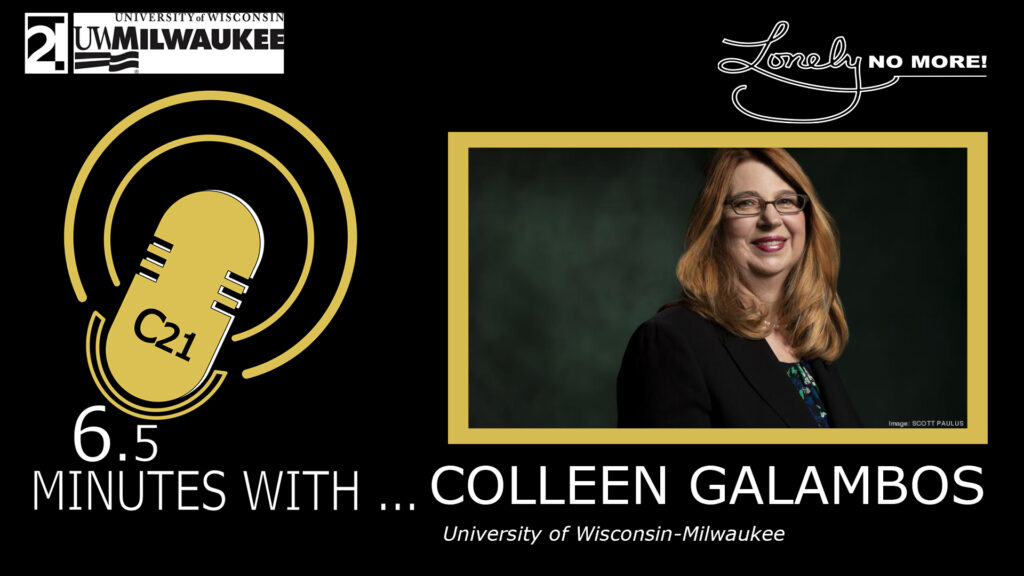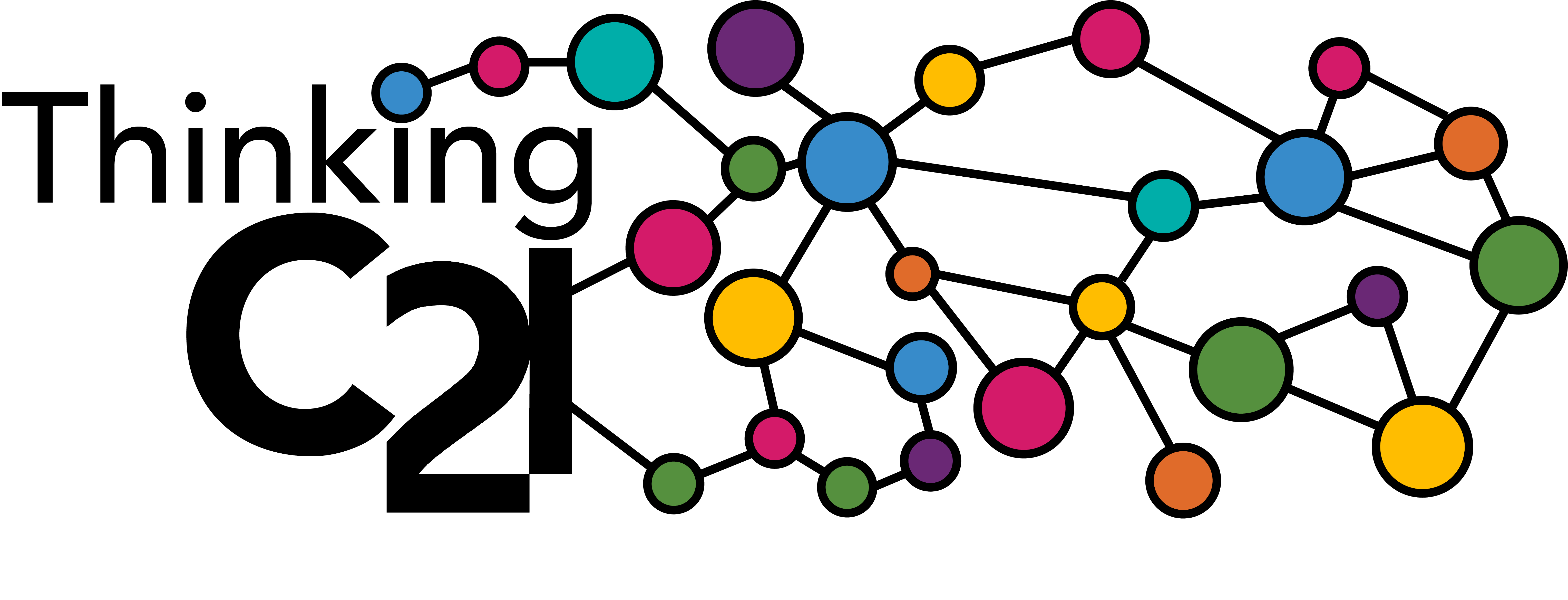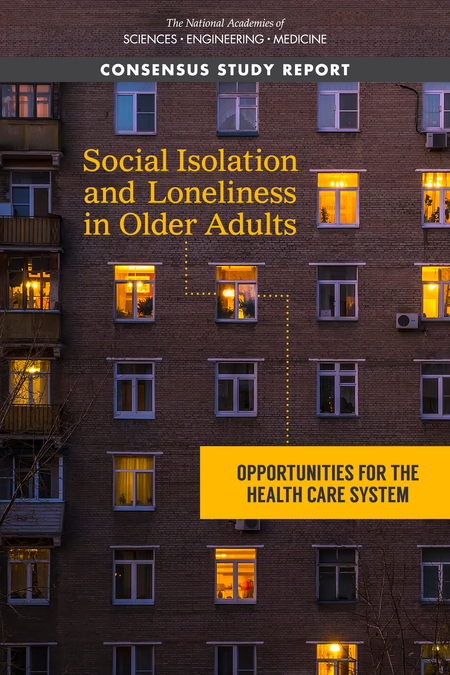Contributors
National Academies of Sciences, Engineering, and Medicine; Health and Medicine Division; Division of Behavioral and Social Sciences and Education; Board on Health Sciences Policy; Board on Behavioral, Cognitive, and Sensory Sciences; Committee on the Health and Medical Dimensions of Social Isolation and Loneliness in Older Adults
Description
Social isolation and loneliness are serious yet underappreciated public health risks that affect a significant portion of the older adult population. Approximately one-quarter of community-dwelling Americans aged 65 and older are considered to be socially isolated, and a significant proportion of adults in the United States report feeling lonely. People who are 50 years of age or older are more likely to experience many of the risk factors that can cause or exacerbate social isolation or loneliness, such as living alone, the loss of family or friends, chronic illness, and sensory impairments. Over a life course, social isolation and loneliness may be episodic or chronic, depending upon an individual’s circumstances and perceptions.
Discussion Questions
- How is loneliness defined and measured by researchers today?
- What recommendations do researchers make to physicians and public health policymakers to better address loneliness and isolation in the United States?
Recommended Conversational Connections








